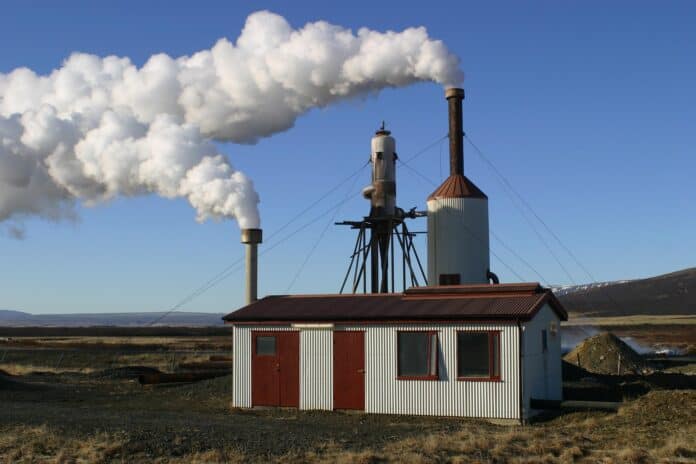When we talk about clean energy, geothermal power gets a gold star for being renewable, reliable and low-impact. It taps into the natural heat of the Earth to generate electricity and heat, a steady 24/7 source of power, unlike solar or wind, which depend on the weather. But while geothermal energy has its place in the transition away from fossil fuels, it’s not without its downsides.
In this post, we’ll take a closer look at the often-overlooked downsides of geothermal power—and why you need to know these.
Geothermal Power
Geothermal power is praised for its reliability and low carbon footprint. Once a system is up and running, it can produce energy with minimal emissions and requires far less land than solar panels or wind farms. For areas with easy access to geothermal reservoirs—like Iceland, parts of the US or the Philippines—it can be a powerful tool to reduce dependence on fossil fuels.
But as good as it is, geothermal power has its own set of technical, environmental and economic hurdles to recognise.
The Cost of Going Underground
One of the biggest challenges of geothermal power is its high upfront cost. Drilling into the Earth’s crust and setting up a geothermal plant is no small feat—it requires specialised equipment, skilled labour and extensive geological surveys. These costs can be a major barrier for developers, especially in areas where geothermal activity is harder to access.
Moreover, geothermal energy is location-specific. Unlike solar panels that can go on any rooftop, geothermal systems only work where there’s underground heat, typically in areas with volcanic activity or natural hot springs. This makes it a limited option in terms of global scalability.
Environmental and Technical Risks
While geothermal power is considered environmentally friendly, there are hidden environmental concerns. The drilling process can cause land subsidence or even trigger small earthquakes, especially with enhanced geothermal systems (EGS) that inject water into rock formations.
There’s also the risk of releasing toxic gases like hydrogen sulfide or trace metals that can harm surrounding ecosystems if not properly managed. And geothermal reservoirs can be depleted over time if not managed properly, reducing the long-term viability of a project. While technology is improving and expanding access, the systems still need ongoing maintenance and careful regulation to operate safely.
The Balancing Act
Geothermal energy has its advantages—reliability, small footprint, and low emissions. But it’s not a one-size-fits-all solution. The financial, technical and geographic limitations mean geothermal is best viewed as part of a bigger picture rather than the solution to the world’s energy problems.
Governments and developers need to weigh the pros and cons. Supportive regulations, tax incentives and continued innovation are key to overcoming the current hurdles. When done right, geothermal can deliver long-term benefits—but it requires smart planning, the right location and a commitment to safety and sustainability.
Final Thoughts
In the quest for cleaner energy, understanding the whole picture of geothermal power helps us make better choices—not just for the planet but for the generations that will inherit how we power our world.


